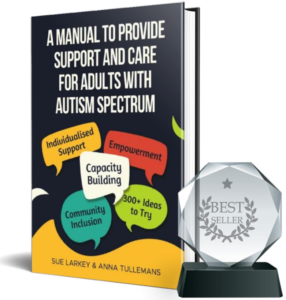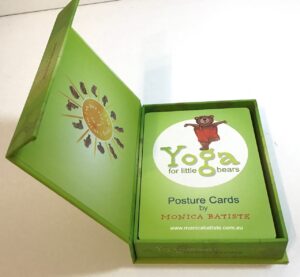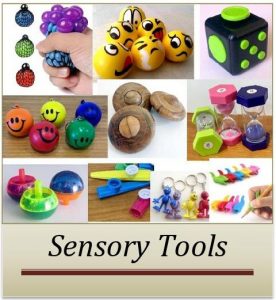Teach Calming and Self-Regulation Strategies
It’s been quite a while now since the world was turned upside down due to COVID-19. Life has changed a great deal with social distancing, hand sanitizing, new rules in public places, and constant, unpredictable changes etc.
It’s important in this new environment to think about teaching calming and relaxation strategies before anxiety escalates. While predictability can go a long way in decreasing anxiety, it may not always be possible in a rapidly changing world.
Teach self-regulation activities before challenging behaviours begin.
Teach these strategies when you know that a particularly stressfull situation will be occuring.
Visually remind students to use self-calming/regulation strategies, eg, Yoga Bear Cards, when they are feeling an escaltion in their emotions. Use these Yoga Bear Cards to help students regain calmness and self regulation in their bodies.
Recognise the Signs of Overload
A person with autism spectrum may not be able to tell you that they are becoming overwhelmed, anxious, or upset. You may see outward signs such as:
- sensory avoidance (hand on ears, closing eyes, retreating somewhere).
- sensory seeking behaviour (bumping into furniture, getting into a small, tight space).
- an increase in repetitive behaviours such as touching the same objects over and over.bolting or running away.
See Sensory tools HERE - withdrawing, not engaging.
- an increase in stimming behaviours such as fast, intense rocking, pacing, self-talk, hair twirling, hand flapping.
- increased echolalia.
- self-injurious behaviours like head banging, skin picking or pinching.
Some of these may be an attempt at self-calming while others may be signs of anxiety or feeling upset.
Predictability, routines and schedules can go a long way in decreasing anxiety; however we still need to teach how to recognise an increase in the build-up phase, i.e. what the body is experiencing, how it feels inside ‘my own body’ and to put it into context, how it might feel in someone else’s body too.
We teach the signs that tell them ‘I am getting stressed and that my anxiety is rising’. And we need to teach all these strategies before the meltdown happens. In other words, we need to teach calming strategies before they are needed.
8 Ways to Promote Calming Strategies
![]()
Tip Sheet (free)
5 Steps to Develop Self-Calming Strategies
![]()
Tip Sheet (free)
We need to teach calming and relaxation strategies BEFORE the anxiety escalates
If a meltdown does happen don’t try to teach in that moment. Don’t try to reason or argue or even talk to them. They need time to:
- Process what has happened
- Work through the feelings they experienced
- Work through the strategies that could work next time.
It’s important that you offer reassurance when the student is under control and let them know that things are ok between you. Sometimes students will feel bad and embarrassed about the meltdown and feel that their relationship with you has been damaged. Keep that open and trusting relationship going so you can provide the support that is needed.
Set up a corner with the cards they can choose from. Only have the cards that suit your classroom in the ‘choose box’.
Make sure you teach the children the poses before using them. Children need to know the how and why of Yoga and what it can do for their well being before they will use it themselves.
7 Essential Tips to Encourage Self-Regulation
![]()
Tip Sheet (free)
There will be good days and bad days. Some days, these ideas will work and other days not. If a meltdown or outburst does occur, do not teach a calming technique in that moment. Try not to reason, argue or talk.
Allow time for processing. Offer reassurance when the person is back in control and let them know that things are alright between you and them. Keeping a trusting and open relationship is the foundation for providing solid support for well-being.
Written by two autistic women, the following two articles clearly explain what prevents their self-regulation.

Manual to Provide Support and Care for Adults with Autism Spectrum
Key Strategies for Anxiety Reduction








